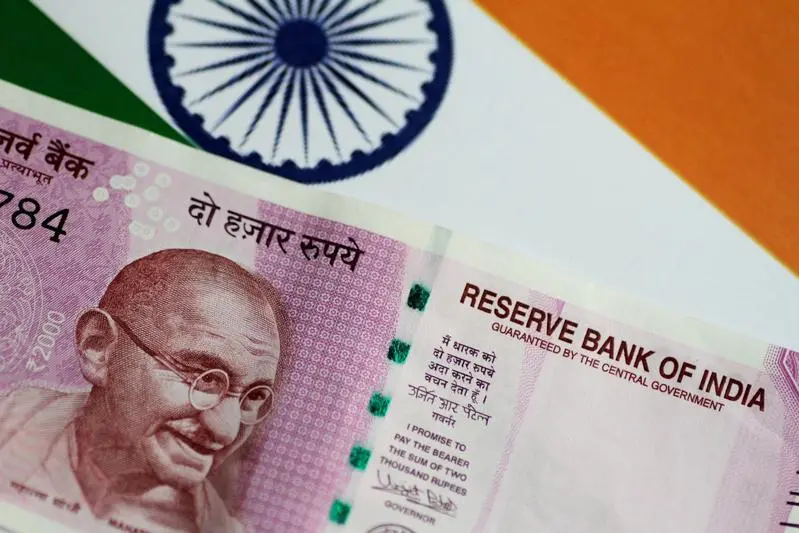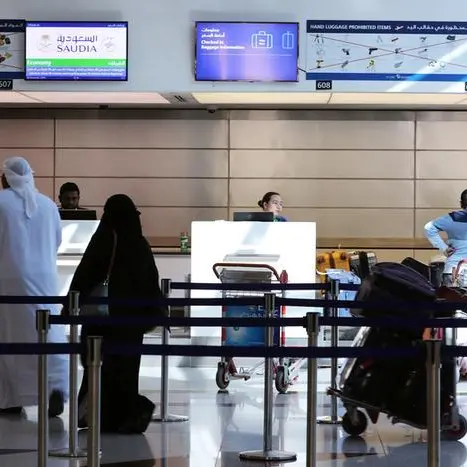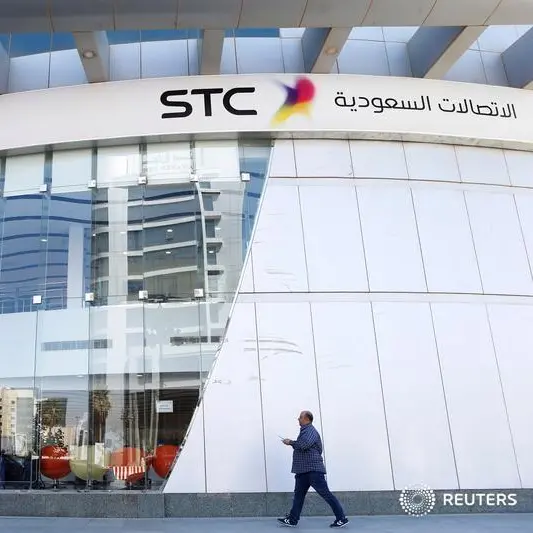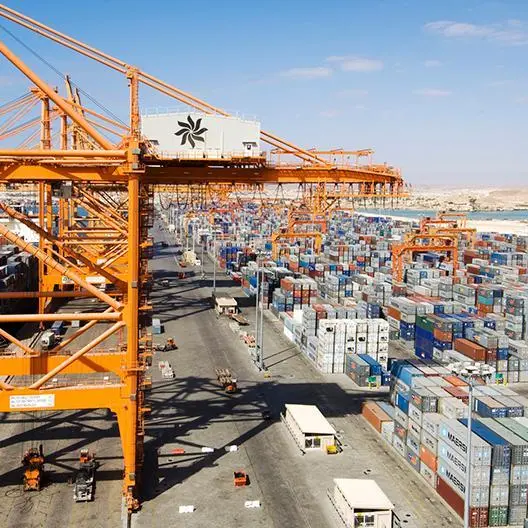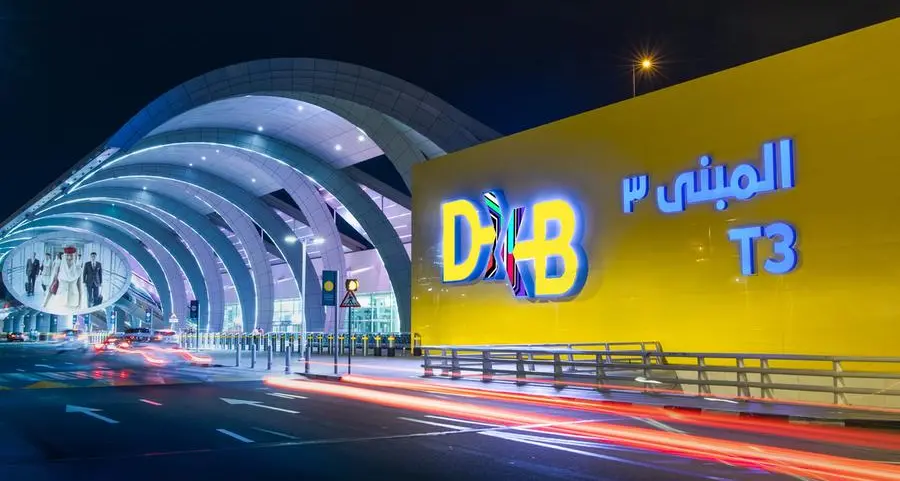PHOTO
MUMBAI - India’s last-mile money lenders are on edge. Ordinary Indians buying houses, scooters and laptops have fueled a rich run for shadow banks. These non-bank providers of credit have eagerly extended loans to first-time borrowers – people typically beyond the reach of traditional banks, in a nation where individuals almost always repay what they owe. The result has been a type of financial inclusion on steroids. Now, after a downturn in confidence, these lenders look fragile.
The good times were truly golden. As traditional banks at the heart of India’s financial system found themselves short of capital because of problem corporate loans, non-bank financial companies, NBFCs as they are known, grew advances almost twice as fast. They stepped up to meet the needs of the aspiring middle-class, small businesses and real-estate developers – helping India’s economy grow at an annual pace above 8 percent in the most recent quarter.
Shadow banks now account for some 20 percent of the total 130 trillion rupees ($1.8 trillion) of outstanding personal and corporate debt in India, according to Credit Suisse. As a proportion of all domestic financial assets, according to SBI Research, they are almost as significant as in the United States, where the Financial Stability Board reckons shadow banks had 16 percent share in 2016.
Investors lapped up NBFCs, which were earning a double-digit return on their balance-sheet equity. Buyers sought exposure to India’s growth story at almost any cost. In August, Bajaj Finance was valued at 10 times book value, or about $24 billion. Smaller rivals like Edelweiss Financial traded at four times, still implying expectations of breakneck growth.
Yet India’s shadow banks were indulging in a practice that caught U.S. financial firms napping before the crisis a decade ago: borrowing short-term funds at low cost, and lending longer-term at higher interest rates. Now a lack of confidence is shaking the industry.
Share prices of alternative lenders have tumbled by one-third on average this year. Panic started in September with a default on part of $13 billion owed by IL&FS, a top credit-rated private lender backing huge infrastructure projects. To calm markets, New Delhi intervened and promised the institution would not default further.
The fallout has thrown a harsh light on the financing sources of peers, with an upward turn in the interest-rate cycle making things worse. Traditional banks provide about one-third of their funds. This is partly to meet regulatory requirements to serve niche customers, but banks have also lent to their shadow brethren to benefit from relatively high yields at a time when they don't want to take risks on the ultimate borrowers themselves.
As shadow lenders have grown, however, they have become more reliant on commercial paper which now accounts for more than 10 percent of their liabilities. Most of this is owned by mutual funds, which exploded into a $330 billion industry following Prime Minister Narendra Modi’s banknote ban in 2016. Funds in debt and money-market investments had almost 30 percent of their assets under management exposed to these non-traditional financial intermediaries in August, according to Credit Suisse.
Fears of a freeze in the short-term debt market has prompted investors, led by corporates, to pull out their money fast. Liquid or money-market funds saw a staggering outflow of nearly $30 billion in September. With fewer assets, the Swiss bank reckons some funds could have approached regulatory limits on exposure to NBFCs and housing finance companies.
That in turn could leave shadow banks struggling to refinance their liabilities, around half of which come due in the next year, according SBI Research. Privately held JM Financial Credit Solutions, which provides funding to real-estate projects and is backed by ex-Citigroup Chief Executive Vikram Pandit, has been one of the first to tap shareholders for equity capital to reduce leverage and plump its lending cushion.
Underlying the turmoil is a shallow debt market where pension funds and insurers face strict limits on how much they can hold. The result is that when one or two funding sources shrivel, NBFCs are left with few alternatives. It has proved to be of little help that India’s shadow banks are among the most tightly regulated in the world. The rules almost match those for traditional banks, with capital adequacy requirements and prudential norms.
The new reality is slower growth and higher borrowing costs, with interest rates already up by a percentage point for many shadow banks. Still tougher regulation could follow, too, reducing what little advantage the non-traditional lenders had.
Chief executives in the sector hope liquidity will return within six months. They brush off fears of what might be considered a reverse Lehman Brothers moment, when the exposure of problem loans sparked a liquidity crisis. India, they argue, hasn’t had serious problems with retail credit in recent history, and nor is it emerging from an asset-price bubble.
Even if that’s true and NBFC assets turn out to be mostly solid, some lenders may still have to sell off parts of their healthy portfolios to avoid a funding crunch. Indian credit companies run by U.S. private equity firm KKR are already on the prowl for acquisitions.
The next few months are critical. If India's shadow banks are unable to finance additional lending for too long, it will hobble the country’s economic growth. If they are forced to shrink in a hurry, the result could be far worse.
(Editing by Richard Beales and Katrina Hamlin)
© Reuters News 2018
